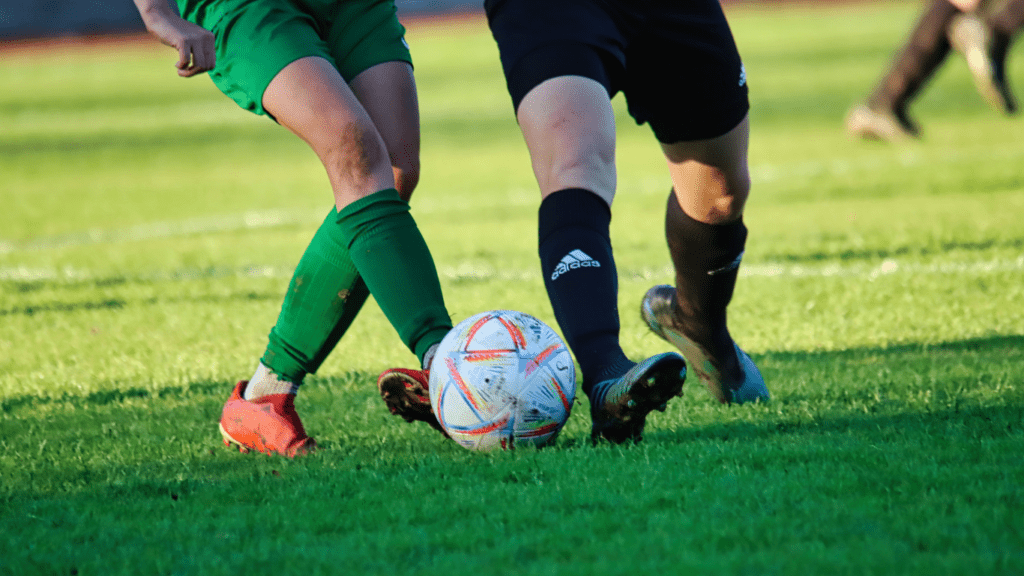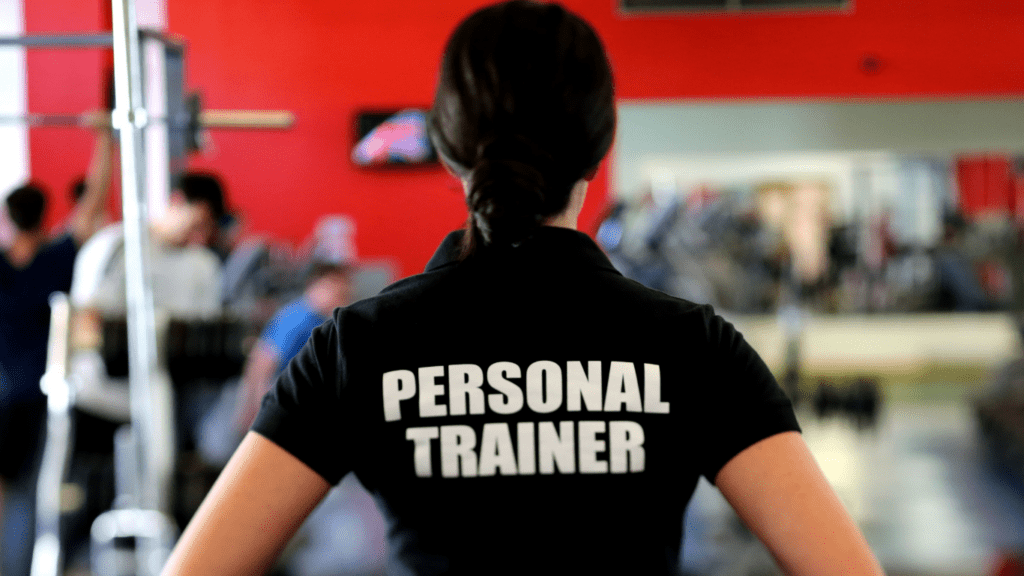As an avid sports enthusiast, I’ve always been fascinated by how conditioning techniques evolve to meet the unique demands of different games. Soccer, basketball, and baseball each require specific physical attributes and skills, and understanding these conditioning trends can give athletes a competitive edge.
In recent years, sport-specific conditioning has gained traction, focusing on tailored training regimens that enhance performance while minimizing injury risks. From agility drills in soccer to explosive movements in basketball and endurance training in baseball, each sport has carved out its niche in conditioning practices.
Join me as I dive into the latest trends shaping how athletes prepare for the demands of their respective sports.
Overview of Sport-Specific Conditioning
Sport-specific conditioning adapts training programs to meet the unique physical requirements of soccer, basketball, and baseball athletes. Each sport demands distinct skills, and effective conditioning improves performance while minimizing injury risks.
Soccer Conditioning
Soccer athletes focus on agility, speed, and endurance. Training regimens often include:
- Interval running: Enhances sprinting ability and aerobic capacity.
- Plyometric exercises: Builds explosive power essential for jumping and quick directional changes.
- Ball control drills: Improves footwork and technical skills.
Basketball Conditioning
Basketball players emphasize strength, agility, and explosive movements. Key elements include:
- Resistance training: Strengthens muscles for enhanced play and injury prevention.
- Jumping drills: Increases vertical leaps crucial for rebounds and blocks.
- Agility ladders: Develops foot speed and coordination.
Baseball Conditioning
Baseball athletes concentrate on endurance, flexibility, and strength. Significant training methods involve:
- Conditioning runs: Boosts cardiovascular endurance for sustained performance.
- Core strengthening exercises: Supports rotational strength for batting and throwing.
- Mobility drills: Enhances flexibility, reducing the risk of injuries during dynamic movements.
These tailored approaches reinforce the specific demands of each sport, allowing athletes to excel in their performances.
Conditioning Trends in Soccer
Soccer conditioning trends focus on enhancing performance through tailored training regimens. These regimens address the unique demands of the game, emphasizing both aerobic and anaerobic fitness.
Aerobic vs. Anaerobic Conditioning
Aerobic conditioning develops endurance, essential for sustained performance during matches. Soccer players engage in long-distance running and interval training, which boosts stamina needed for extended gameplay.
Anaerobic conditioning, on the other hand, enhances short bursts of speed and power. Training involves sprint intervals and high-intensity workouts that mimic game situations, improving players’ ability to recover quickly after intense efforts.
Strength and Agility Training
Strength and agility training forms the backbone of soccer conditioning. Players utilize resistance training to build core strength, enhancing overall stability and power during play. Agility drills, such as ladder exercises and cone drills, improve footwork and quickness, key for navigating opponents.
Plyometric exercises, including box jumps and lateral hops, elevate explosive strength, crucial during crucial game moments. Integrating these elements helps athletes become more dynamic and effective on the field.
Conditioning Trends in Basketball
Basketball conditioning emphasizes explosive power, speed, and endurance, crucial for optimal performance on the court. Athletes undertake sport-specific regimens that target these elements effectively.
Plyometric and Speed Training
Plyometric training enhances explosive movements in basketball. Exercises like box jumps, depth jumps, and medicine ball slams increase power, essential for jumping and sprinting. Speed training includes short sprints and agility drills, such as ladder drills and cone drills, which improve quickness and foot speed.
These training methods help athletes efficiently change direction and accelerate in games, directly translating to better performance during play.
Endurance and Recovery Strategies
Endurance is vital for maintaining performance throughout the game. Basketball players engage in aerobic conditioning through interval runs and circuit training, building stamina essential for high-intensity situations.
Recovery strategies, including active recovery and mobility work, help prevent injuries and enhance performance. Incorporating techniques like foam rolling, stretching, and hydration management is critical for muscle recovery, allowing athletes to perform at their best during practice and games.
Conditioning Trends in Baseball
Baseball conditioning focuses on improving endurance, flexibility, and strength. Tailored training methods ensure athletes meet the sport’s unique requirements.
Skill-Specific Drills
Skill-specific drills enhance foundational abilities in baseball. Players participate in batting practice, emphasizing swing mechanics while integrating strength training to build powerful hits. Fielding drills refine hand-eye coordination and reaction time, focusing on quick transitions and accurate throws.
Base running exercises improve speed and agility, enhancing players’ ability to steal bases and accelerate between bases. Utilizing resistance bands during practice strengthens muscle groups essential for pitching and batting, optimizing overall performance.
Injury Prevention Techniques
Injury prevention techniques in baseball play a vital role in athlete longevity. Dynamic warm-ups prioritize joint mobility and muscle activation, preparing players for intense activity. Stretching routines improve flexibility and should be incorporated regularly to prevent strains and tears.
Strength training, particularly targeting the shoulder and core, enhances stability and reduces the risk of injuries, commonly seen in pitchers and fielders. Additionally, proper hydration practices and nutrition strategies support recovery, ensuring athletes stay in peak condition throughout the season.
Comparative Analysis of Conditioning Approaches
Sport-specific conditioning reveals distinct approaches for soccer, basketball, and baseball, underscoring how tailored training maximizes athlete performance.
Soccer Conditioning
Soccer conditioning prioritizes agility, speed, and endurance through a combination of aerobic and anaerobic training. Exercises include:
- Interval Running: Increases aerobic capacity through continuous play simulations.
- Plyometric Exercises: Enhances explosive strength and quickness, vital for sprinting.
- Ball Control Drills: Improves coordination and technical skills while maintaining fitness.
Aerobic training focuses on longer distances, crucial for stamina, while anaerobic training emphasizes short sprints to develop power. Incorporating resistance training builds core strength indispensable for stability during play.
Basketball Conditioning
Basketball conditioning focuses on explosive power and agility, essential for rapid movements on the court. Key training components include:
- Plyometric Training: Exercises like box jumps and medicine ball slams improve vertical leap and explosiveness.
- Speed Training: Short sprints develop acceleration and overall quickness, enabling swift directional changes.
- Circuit Training: Combines aerobic conditioning and strength exercises, enhancing endurance while maximizing time efficiency.
Recovery methods such as active recovery, foam rolling, and hydration strategies are integrated to prevent injuries and support performance sustainability throughout the season.
Baseball Conditioning
Baseball conditioning emphasizes a blend of endurance, flexibility, and strength to enhance on-field performance. Significant training methods encompass:
- Skill-Specific Drills: Activities like batting practice enhance fundamental skills and overall performance.
- Base Running Drills: Focus on speed and agility, critical for base stealing and defensive maneuvers.
- Dynamic Warm-Ups: Prepare the body for activity while reducing injury risks through targeted strength training.
Hydration and nutrition play pivotal roles in athlete recovery, ensuring optimal performance levels are sustained across the season. Adapting conditioning programs to these specific needs strengthens each athlete’s capabilities in their respective sports.




